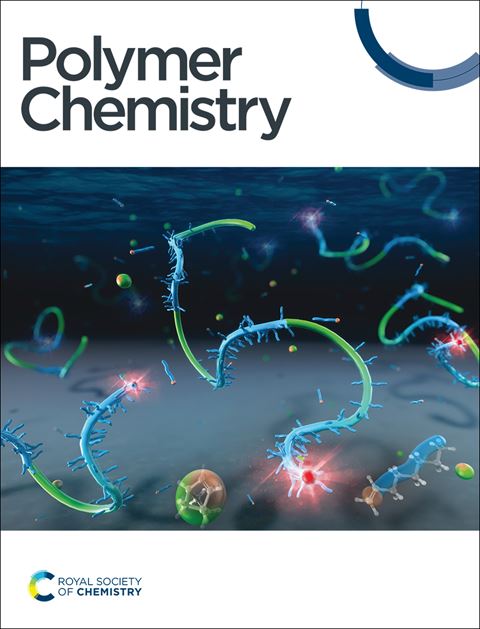Supramolecular Polymerization and Self-assembly of Transition Metal Complexes
IF 4.1
2区 化学
Q2 POLYMER SCIENCE
引用次数: 0
Abstract
Metallo-supramolecular polymers (MSPs) have emerged as a dynamic field in soft materials and nanomaterials over the past three decades. The unique interplay of ligands and metal ions plays a crucial role in defining their properties, such as binding strength and topology making these systems distinct from their all-organic counterparts. Furthermore, the incorporation of metal centers introduces redox activity, unique photophysical properties, and electronic functionality. Hereby the systems can exhibit stimuli-responsive behavior, essential for applications in optoelectronics and biology. However, challenges remain in achieving precise control over self-assembly, morphology, and spatiotemporal responsiveness as well as a clear rationale between coordination and self-assembly behavior. Our review therefore summarizes recent advances in ligand design, coordination modulation, and polymerization techniques offering new strategies to rationally develop MSPs with tailored functionalities过渡金属配合物的超分子聚合和自组装
金属超分子聚合物(MSPs)是近三十年来软性材料和纳米材料领域的一个新兴研究领域。配体和金属离子的独特相互作用在定义它们的性质方面起着至关重要的作用,例如结合强度和拓扑结构,使这些系统区别于它们的全有机对应物。此外,金属中心的结合引入了氧化还原活性、独特的光物理性质和电子功能。因此,该系统可以表现出刺激响应行为,这对光电子学和生物学的应用至关重要。然而,在实现对自组装、形态和时空响应的精确控制以及协调和自组装行为之间的明确原理方面仍然存在挑战。因此,我们总结了配体设计,配位调制和聚合技术的最新进展,为合理开发具有定制功能的msp提供了新的策略
本文章由计算机程序翻译,如有差异,请以英文原文为准。
求助全文
约1分钟内获得全文
求助全文
来源期刊

Polymer Chemistry
POLYMER SCIENCE-
CiteScore
8.60
自引率
8.70%
发文量
535
审稿时长
1.7 months
期刊介绍:
Polymer Chemistry welcomes submissions in all areas of polymer science that have a strong focus on macromolecular chemistry. Manuscripts may cover a broad range of fields, yet no direct application focus is required.
 求助内容:
求助内容: 应助结果提醒方式:
应助结果提醒方式:


